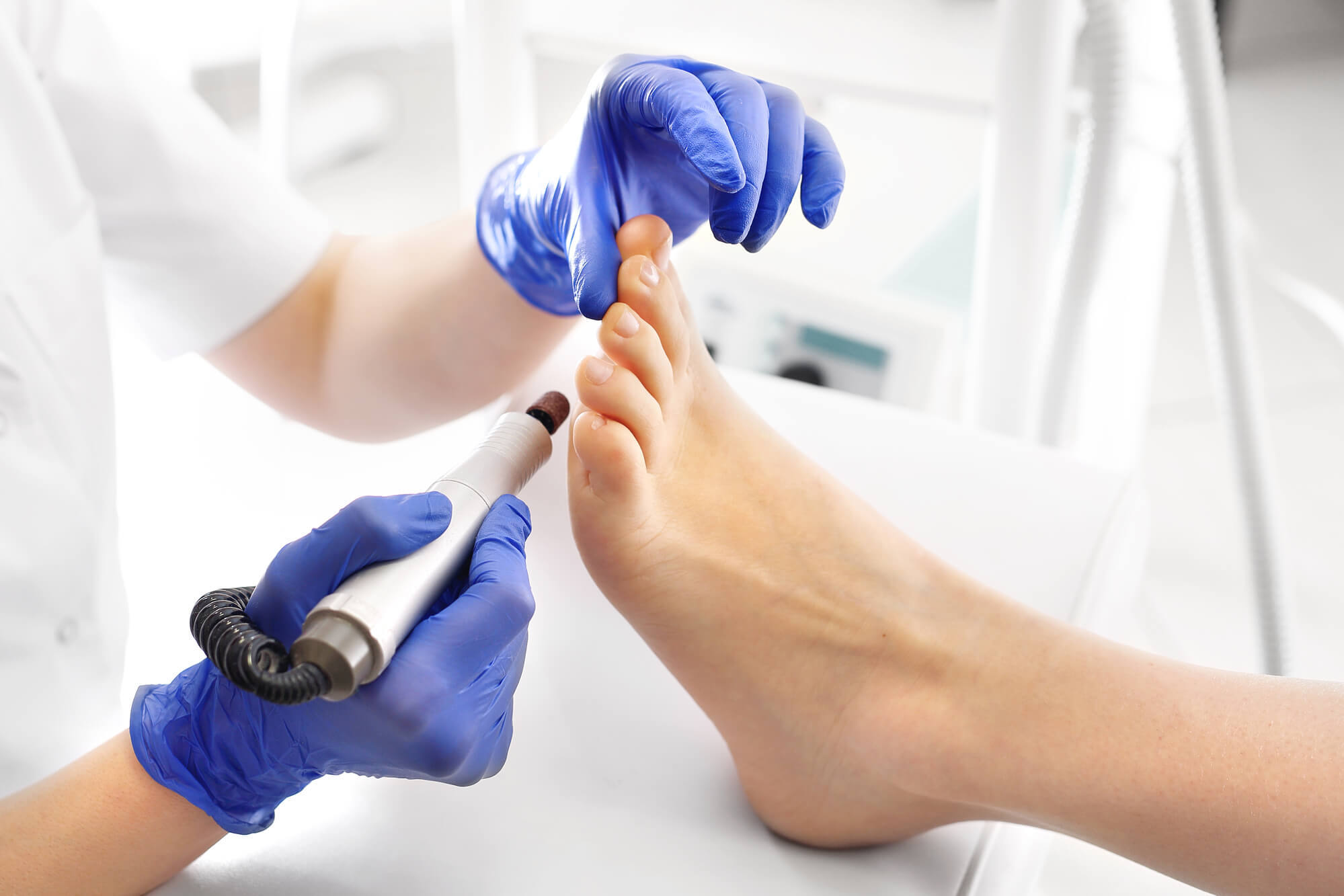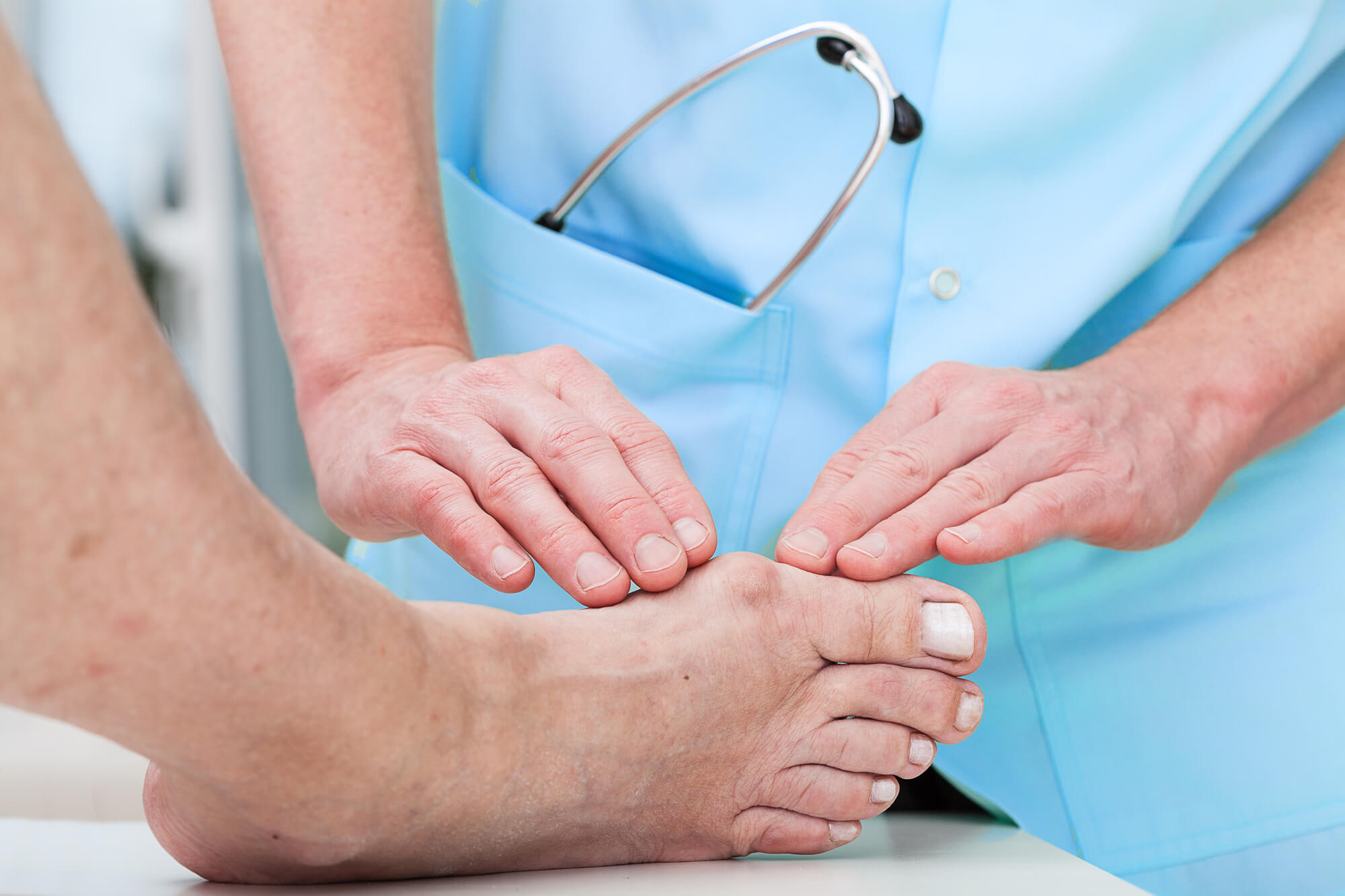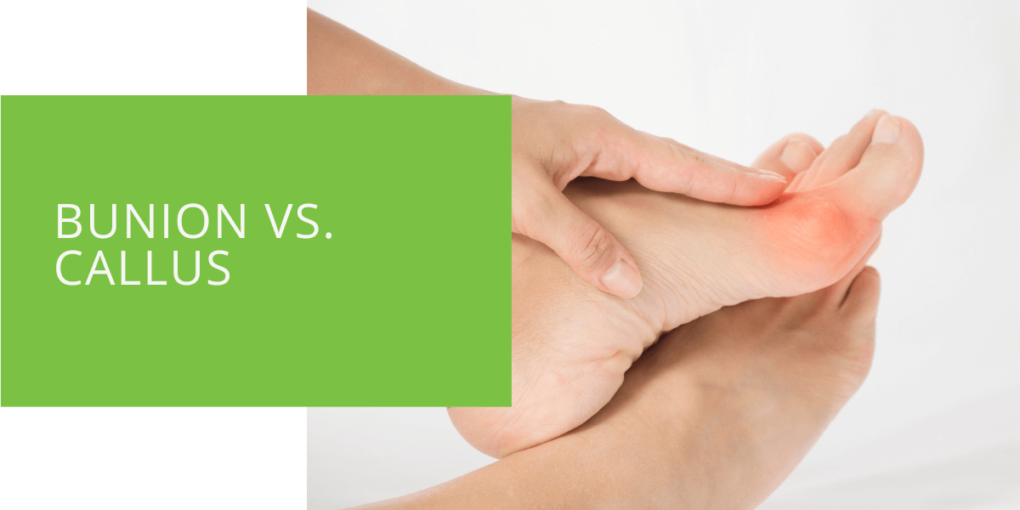Bunion vs. Callus
If you're experiencing foot pain or discomfort, you may wonder if you have a bunion or a callus. While these two foot conditions share some similarities, they are not the same thing. This article will explore the differences between bunions and calluses, including their causes, symptoms, treatments, and prevention strategies.
What Is a Bunion?
A bunion is a bony bump that forms at the base of the big toe joint. Bunions are often caused by wearing shoes that are too tight or too narrow, which can put pressure on the big toe joint and cause it to become misaligned. Over time, the joint can become inflamed, and a bony bump can form. Bunions may also be caused by genetic factors or underlying medical conditions, such as rheumatoid arthritis or gout.
The symptoms of bunions can include pain, redness, and swelling around the big toe joint. You may also notice a deformity in the joint, such as a toe that angles towards the second toe. Bunions may also cause calluses to form on the sole of the foot, and a fluid-filled sac called a bursa to develop over the bony bump.
What Is a Callus?
A callus is an area of thickened skin that develops in response to friction or pressure. Calluses can develop anywhere on the foot, but they are most common on the ball of the foot or the heel. Calluses are often caused by wearing shoes that don't fit properly or walking or standing for long periods.
The symptoms of calluses can include thickened, rough, or hardened areas of skin on the feet. Calluses may also cause pain or discomfort when walking or standing for long periods.
What Is a Corn?
A corn is a type of callus that develops on the toes. Corns are often caused by wearing too tight shoes or walking or standing for long periods. Corns can be hard or soft and can cause pain or discomfort when walking or standing.

How Do Bunions and Calluses Differ?
While bunions and calluses can cause discomfort in your feet, they are different conditions with different causes and treatments. Bunions are caused by pressure on the big toe joint, while calluses are caused by friction or pressure on the foot.
Bunions typically cause a deformity in the joint, such as a toe that angles towards the second toe. Calluses do not cause a deformity in the joint. In addition, bunions are often accompanied by calluses and fluid-filled sacs, while calluses are simply areas of thickened skin.
The treatment options for bunions and calluses also differ. For bunions, non-surgical options like orthotics and footwear changes may effectively reduce pain and discomfort. However, bunion surgery may be necessary in more severe cases to correct the deformity.
Over-the-counter products like pads or cushions can protect the affected area and reduce friction for calluses. Removing the callus with a pumice stone or other tool can reduce pain and discomfort.

Prevention and Management
If you want to prevent bunions and calluses from developing, there are several steps you can take. First, make sure you're wearing shoes that fit properly and provide enough support for your feet. Avoid wearing high heels or shoes that are too tight or narrow. If you have a family history of bunions or calluses, talk to your podiatrist about ways to reduce your risk of developing these conditions.
If you're already experiencing foot pain or have been diagnosed with a bunion or callus, there are several things you can do to manage your symptoms and prevent the condition from getting worse. Here are some management strategies for bunions and calluses:
Wear Comfortable Shoes
If you have a bunion or callus, wearing comfortable shoes with a wide toe box can help to reduce pain and discomfort. Look for shoes that provide adequate support and cushioning, and avoid high heels or shoes that are too tight or narrow.
Use Orthotics
Orthotics, or custom-made shoe inserts, can help to redistribute pressure on your feet and provide additional support. Your podiatrist may recommend orthotics to help relieve pain and prevent the condition from worsening.
Apply Heat or Cold
Applying heat or cold to the affected area can help to reduce inflammation and pain. Try applying a warm compress or taking a warm foot bath to reduce pain and stiffness. Ice can also help to reduce inflammation and swelling.
Consider Physical Therapy
If you have a bunion or callus, physical therapy can help to reduce pain and improve the range of motion in the affected joint. Your physical therapist can teach you exercises and stretches to help keep your feet flexible and strong.
Surgery
Surgery may sometimes be necessary to correct the underlying problem and relieve pain. Your podiatrist may recommend surgery if non-surgical treatments are ineffective or your condition is severe. Surgery may involve realigning the bones in the big toe joint or removing the callus.
Conclusion
Bunions and calluses are two common foot conditions that can cause pain and discomfort. While they may share some similarities, they are different conditions with different causes and treatments. If you're experiencing foot pain or discomfort, it's important to seek professional medical advice to determine the underlying cause and develop an appropriate treatment plan. You can keep your feet healthy and pain-free by taking steps to prevent and manage these conditions. Remember to wear comfortable shoes, avoid high heels, and seek prompt medical attention if you notice any signs of foot pain or deformity.

